In our rapidly digitizing world, businesses and entrepreneurs are increasingly relying on virtual assistants (VAs) to streamline operations and boost productivity. The VA role is dynamic, encompassing everything from calendar management and data entry to content creation and customer service. When considering a candidate for this pivotal role, it's essential to conduct a thorough and effective interview. Here's a guide to help you navigate the process.
Define the Role Clearly
Before beginning the interview process, have a clear understanding of:
The tasks the VA will be responsible for.
The software and tools they'll be using.
Expected working hours and time zones.
Any specific qualifications or skills required.
Opt for Video Interviews
Given a VA's job is inherently remote, it's beneficial to conduct the interview in a manner that reflects their day-to-day working environment. Video interviews will not only provide a face-to-face interaction but also give you a glimpse into their communication skills, professionalism, and tech-savviness.
Consider Using a Situational Interview Technique
By presenting candidates with hypothetical job-related situations, you can gauge a VA candidate’s real-world problem-solving abilities and thought processes. As highlighted in HubSpot's guide, these questions can predict future performance by assessing reactions to specific challenges. For a virtual assistant, this might involve scenarios like managing urgent tasks or addressing technical issues. This approach offers more than generic answers, providing actionable insights into a candidate's capabilities.
Test Their Technical Skills
Since VAs often work with various online tools, it's essential to gauge their technical proficiency. Consider:
Asking about their experience with platforms like Slack, Trello, Google Suite, and others relevant to your business.
Giving them a brief task to complete using one of these platforms.
Assess Their Communication Skills
For a VA, communication is key. During the interview:
Note their listening skills.
Pay attention to their clarity in answering questions.
Consider asking situational questions to gauge their problem-solving abilities.
Discuss Their Experience
Go beyond the resume. Dive deep into their:
Previous roles and how they relate to the VA position.
Challenges faced and how they overcame them.
Specific achievements that demonstrate their efficiency and dedication.
Gauge Their Proactiveness and Adaptability
A great VA will not just wait for instructions. They will:
Anticipate needs.
Suggest improvements.
Adapt to new tools and processes swiftly.
Pose hypothetical scenarios or share past challenges to see how they'd handle them.
Discuss Availability and Time Zones
Ensure their working hours align with yours, especially if they're located in a different time zone. This ensures smooth communication and task management.
Check References
When possible, contact previous employers or clients to:
Verify the authenticity of their claims.
Get feedback on their performance, reliability, and professionalism.
Trust Your Instincts
While skills and experience are vital, cultural fit is equally important. Trust your gut feeling about whether the candidate will integrate well with your team and work style.
Consider a Trial Period
Before committing long-term, consider offering a short trial period. This allows both you and the VA to gauge compatibility and ensures they can effectively handle the tasks assigned.
Final Thoughts
Hiring a virtual assistant can significantly impact your business's efficiency and growth. By following this guide, you can ensure you select the right candidate, setting the stage for a fruitful and lasting professional relationship. Remember, it's not just about hiring someone to do a job; it's about partnering with an individual who will actively contribute to your business's success.
Interested in hiring a VA? My BTLR can help. Contact us today to discuss your needs and learn more.




